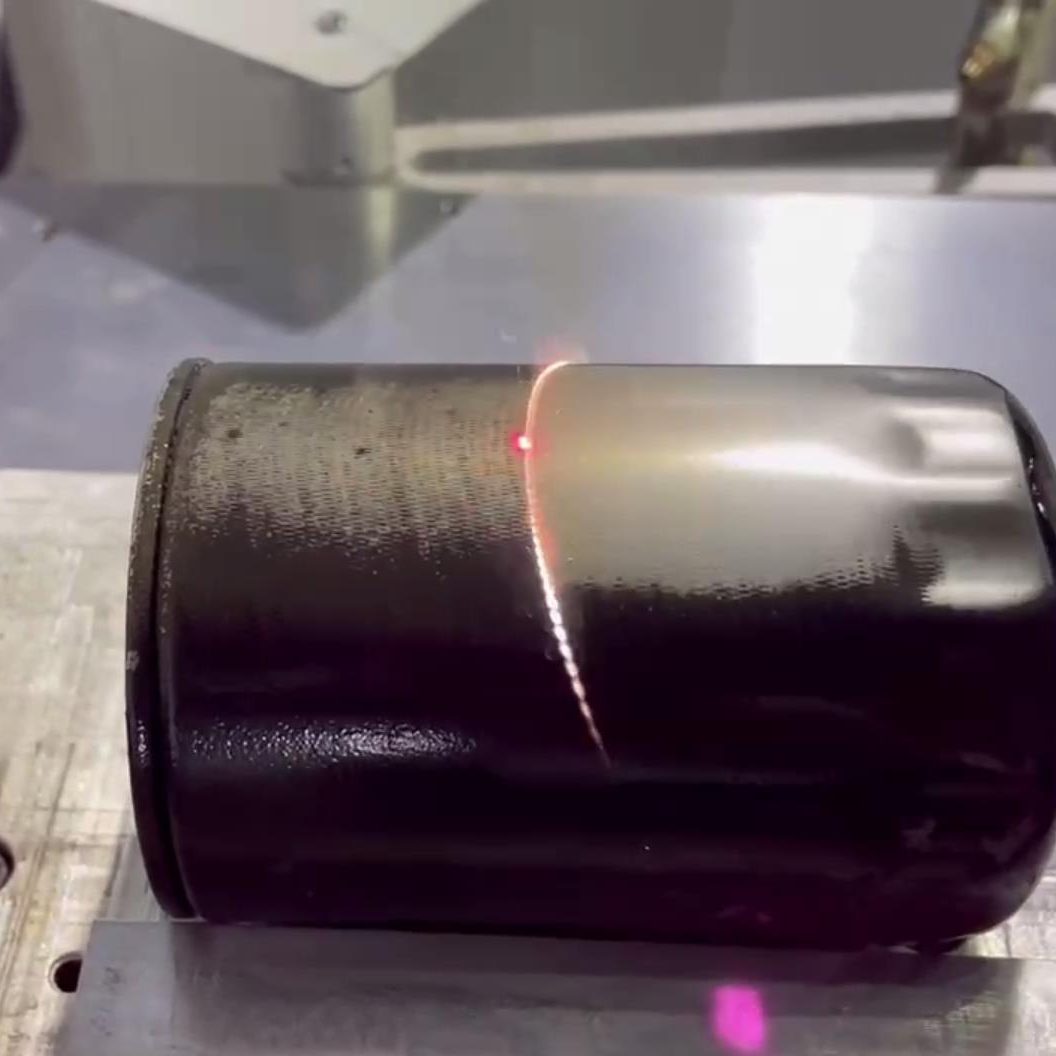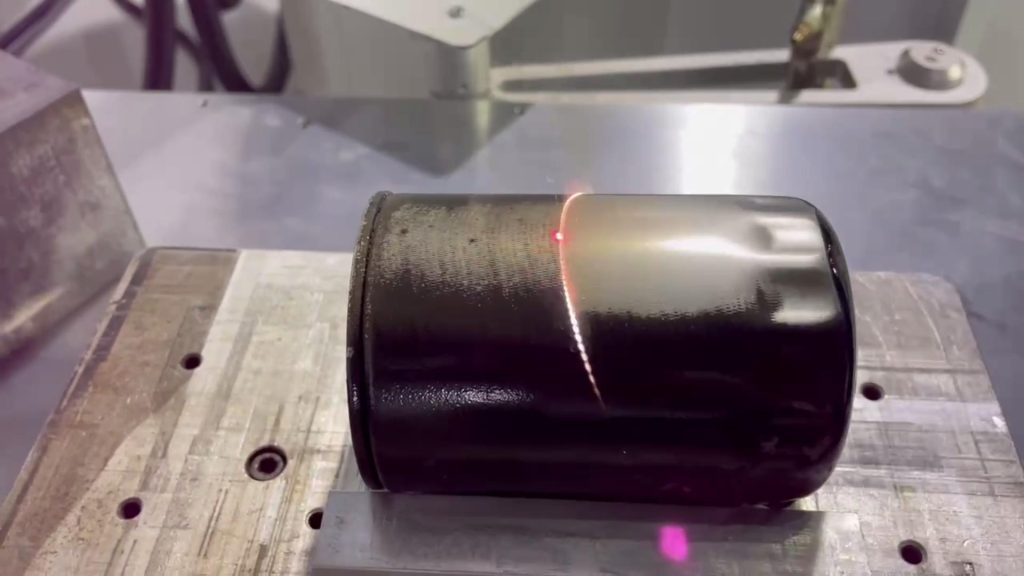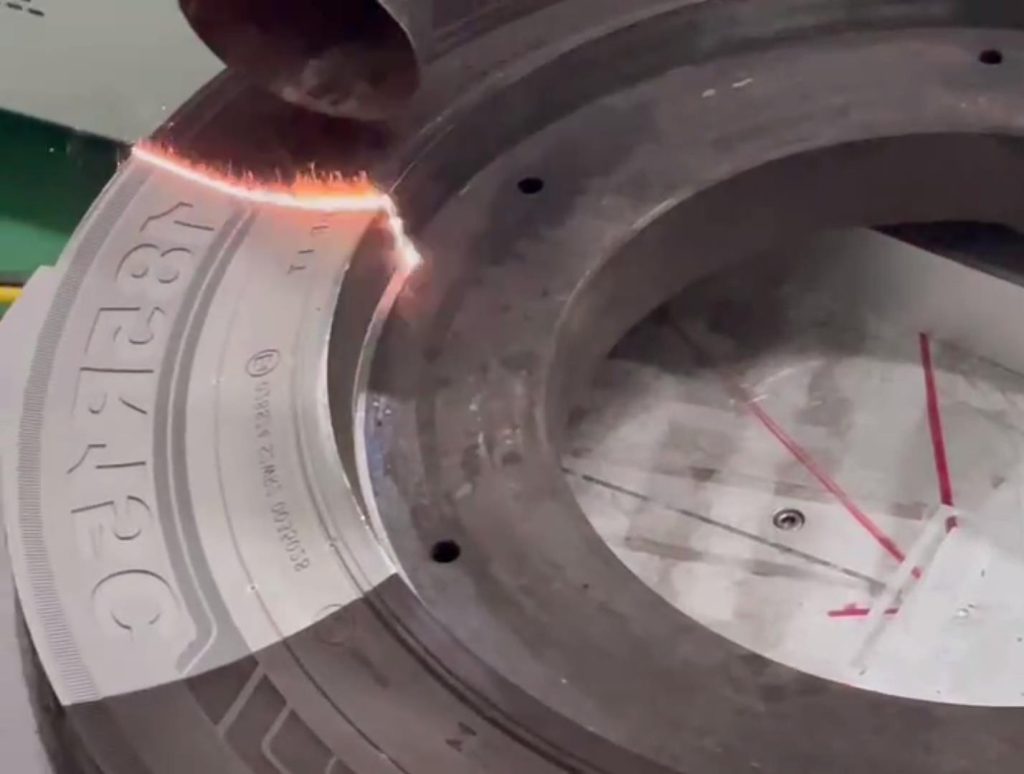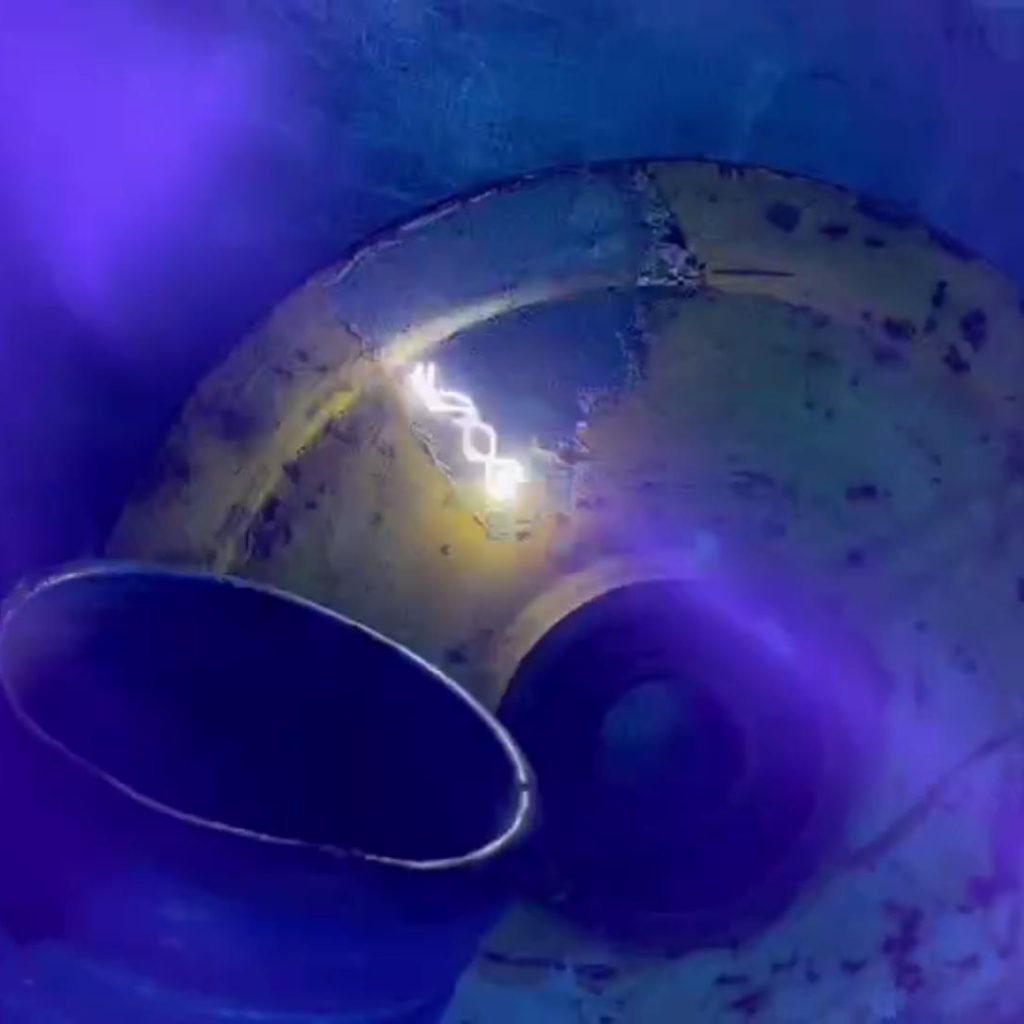Maintenance of engines is an important aspect of their smooth functioning and longevity.
Different cleaning technologies are employed for this purpose in the aviation and automobile industries. However, with the advancement of laser technology, laser cleaning has emerged as a promising alternative to traditional cleaning methods.
Traditional Cleaning Methods:
The most commonly used traditional cleaning methods include:
- Chemical Cleaning: Involves the use of strong chemicals to remove dirt, rust, and other contaminants.
- Sandblasting: Involves the use of high-pressure air, sand or other media to remove dirt and rust from the surface of the engine parts.
While these methods are effective in cleaning the engine parts, they have several limitations such as the potential harm to the environment and the health of workers, the risk of corrosion, and the damage that can be caused to sensitive components.
Laser Cleaning Technology:
Laser cleaning technology involves the use of high-energy laser beams to remove contaminants such as dirt, rust, paint, and oil from the surface of the engine parts. The laser beam is focused on the surface to be cleaned, which causes the contaminants to evaporate or disintegrate. This method provides numerous advantages over traditional methods. Some of them are:
- Precision Cleaning: Laser cleaning is highly precise, making it ideal for sensitive machine components such as electrical contacts and sensors.
- Non-Destructive: As the laser beam does not come in contact with the surface, there is no risk of damage to the surface of the engine parts.
- Safe: Laser cleaning does not involve the use of harmful chemicals or media, making it safer for workers and the environment.
- Efficient: Laser cleaning requires less time and effort than traditional cleaning methods, making it more efficient and cost-effective.
Application of Laser Cleaning Technology:
Laser cleaning technology has widespread application in the maintenance of aircraft engines, gas turbines, and internal combustion engines. It is particularly useful in the aviation industry where contaminants such as ice, dirt, and debris can build upon the engine components during flight.
In aircraft engines, laser cleaning technology is useful in cleaning the compressor blades and the hub, cooling passages, and engine mounts. It is also used in maintenance of gas turbines in power plants, where it can be used to clean gas turbine blades, combustion chambers, and heat exchanger tubes.
The technology is also applied in automobile maintenance to clean engine parts, such as cylinder heads, pistons, and valves. Additionally, it can be employed to clean engine bays, wheels, and bodywork.
Conclusion:
Laser cleaning technology has tremendous potential as a solution for maintenance of engines in aviation and automobile industries. It has gained popularity in recent years due to its effectiveness, efficiency, and safety. Given its numerous advantages over traditional cleaning methods, it is likely to become the standard technique for maintenance of engines in the future.





